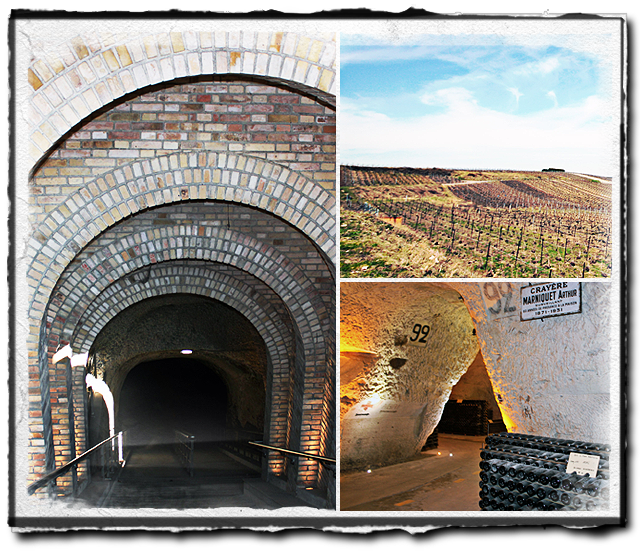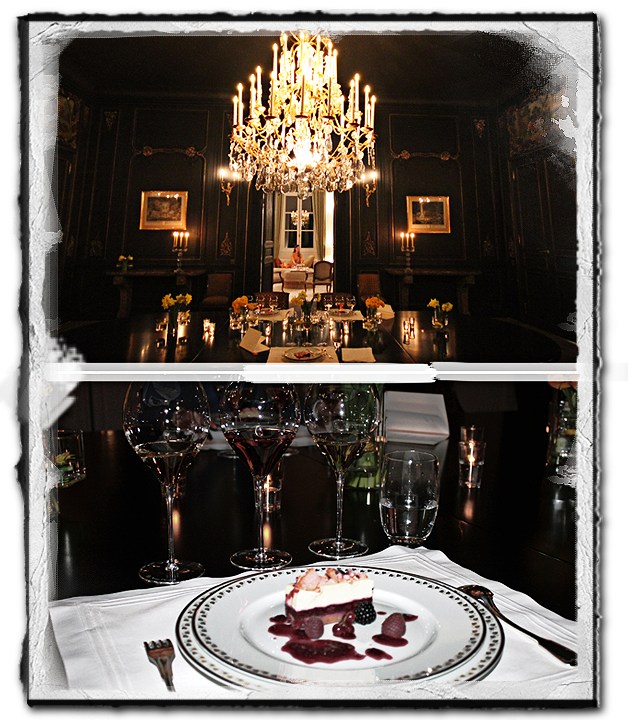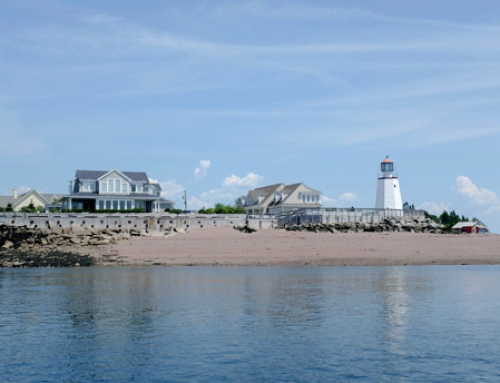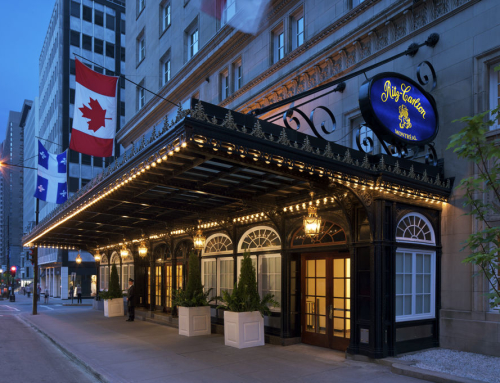Gastronomy is when food tastes as it should. This was a one of the pearls of wisdom given to us by Edouard de Nazelle, a resident of the Reims region, decent of Madame Clicquot’s business partner Edouard Werle, and seemingly all around expert of the finer things in life.
We met de Nazelle for a Michelin starred-meal at Le Foch, steps from the Reims train station, after a 45-minute fast train from Paris. He insisted on the introduction to fine regional fare, before we head to the Clicquot cellars on the south side of town, where we would be introduced to the process of making their high-quality sparkling wines — the taste of the upper echelons of champagne.

For anyone in the same position as me (an outsider), there is a certain mystique to the town of Reims, France where Clicquot is situated. It’s part of the Champagne region of the country, the only place in the world officially allowed to produce champagne by name. The whole area rivals the geography of a midsize American city, and Reims is the largest city within the region, housing many of the champagne brands including Pommery, Ruinart and of course, Veuve Clicquot. An iconic drink, the sparkling pleasures from this region have long been associated with wealth, used for toasting on New Years Eve, and made popular by movies like Casablanca, where bubbly doesn’t cease to flow at Rick’s Café Américain.
To it’s celebrated long history, may I toast: Here’s looking at you kid.

The origins of champagne for a long time circulated around the myth of Dom Pérignon, who while struggling to stamp out bubbles in his chardonnay, created the double fermentation process with a dash of brandy used to make sparkles. However, as I have learned, the tale is a fabricated marketing ploy that dates back to the 1889 Paris World’s Fair.
In fact, marketing has played a large role with champagne as we know it. Beyond the exclusivity of its regional stamp, marketing maven Madame Barbe-Nicole Clicquot Ponsardin, also know as La Grande Dame (also the name of Clicquot’s Grande Cru sparkling wine), made Clicquot into the international brand it is today. Our historical tour shed light on the deep history of entrepreneurialism and feminism behind the brand.
It began in 1798, when the soon-to-be Madame Clicquot married François Clicquot during the first years of the Napoleonic Wars, and the first decades of the company founded earlier in 1772. Following François’s early death in 1805, Madame Clicquot assumed the reigns of the company, at the young age of 27.

Under the Code Napoléon, a woman’s role at home was paramount, and only widows were granted the opportunity to run their late husbands business. The term “Veuve,” which means widow in French, was so then added to the Clicquot label. Although far from an ideal situation, such turn of events gave Madame Clicquot (and others like her) the opportunity to take hold of her fate and fortunes.

With help from historical documents, we can see Madame Clicquot had a hand in every part of the business, from the production of the wine to shipping and exports. With a knack for entrepreneurialism, Madame Clicquot secretly managed a shipment of champagne passed the naval barricade, just prior to the Napoleonic Wars’ end in 1814. Despite the risk, Veuve Clicquot Ponsardin was the only brand available to toast the war in Russia coming to a close — laying down one of the first bricks in Clicquot’s
strive to become the standard of excellence amongst its kind.

Today, the calling card for the brand is the historic cellars themselves. Excavated centuries ago by the Romans, the chalky walls provide an excellent combination of moistures and cool to age the wine. In its time, the cellar had been outfitted as a refuge during WWII, and still dons the makeshift painted red crosses on its walls. Crates of bottles line the cavern showing the the process of remuage, one which involving the gradual turning and inversion of the bottle to bring the sediment of the first fermentation into the neck of the bottle so it can be removed — an innovative process pioneered by Madame Clicquot herself. Though in modern times, the weight of the work is reliant on machines, the same spirit and attention to the natural process of creating champagne is apparent in each bottle.
Hotel du Marc was the last stop on our tour — a private chateau used for entertaining guests of the iconic brand. The manor, originally home to Eduard Werle, has been thoughtfully converted into a graceful ode to Clicquot. Tastefully decorated in the colours of the brand, with art to illuminate the special identity of the wine, it is a playhouse of immeasurable pleasure for visiting guests, stocked with bubbly, historical art and literature pertaining to Clicquot.
The grand entrance dawns a staircase fading white to deep purple, a colouring that pays tribute to the grapes behind the label’s prized drink: Brut Champagne, made of 55 per cent Pinot Noir, 30 per cent Chardonnay, and 15 per cent Pinot Meunier grapes for its unique flavour.

To complete the experience, we finish where we began: fine dining. This time, a gastronomical paring with a variety of Veuve Clicquot Champagnes including a rose and an ice wine. Communications Manager, Adelaide d’Orleans, more notably a Princess of Spain (although she never mentioned this), exudes the brand’s signature class, as well as showing comparable entrepreneurialism to that of Madame Clicquot herself. As d’Orleans demonstrates, she takes great pride in Clicquot’s place as a modern icon, and the history it has accumulated to become the brand it is today.
On our way out of town, we went to the root of it all by way of a taxi ride, traversing through the fields where the brand’s famed grapes are grown. Once you are off the highway, you are instantly transported to the days of yore, small villages along the vineyards, passing residents off to tend to the vines, off which, the grapes are still hand picked. Although Clicquot does not own all the vineyards which supply the grapes, it is a small close knit community of growers — generations that have kept their products within the Champagne region to maintain the true identity of the golden liquid.
In the slopes of the hilly region of Verzenay, de Nazelle first words to us resonate. One can taste the years of excellence gleaned from these perfect vineyards — processed with distinction and attention — brilliance traces its path up to the moment Clicquot’s distinct crisp natural flavour is poured into a flute.











